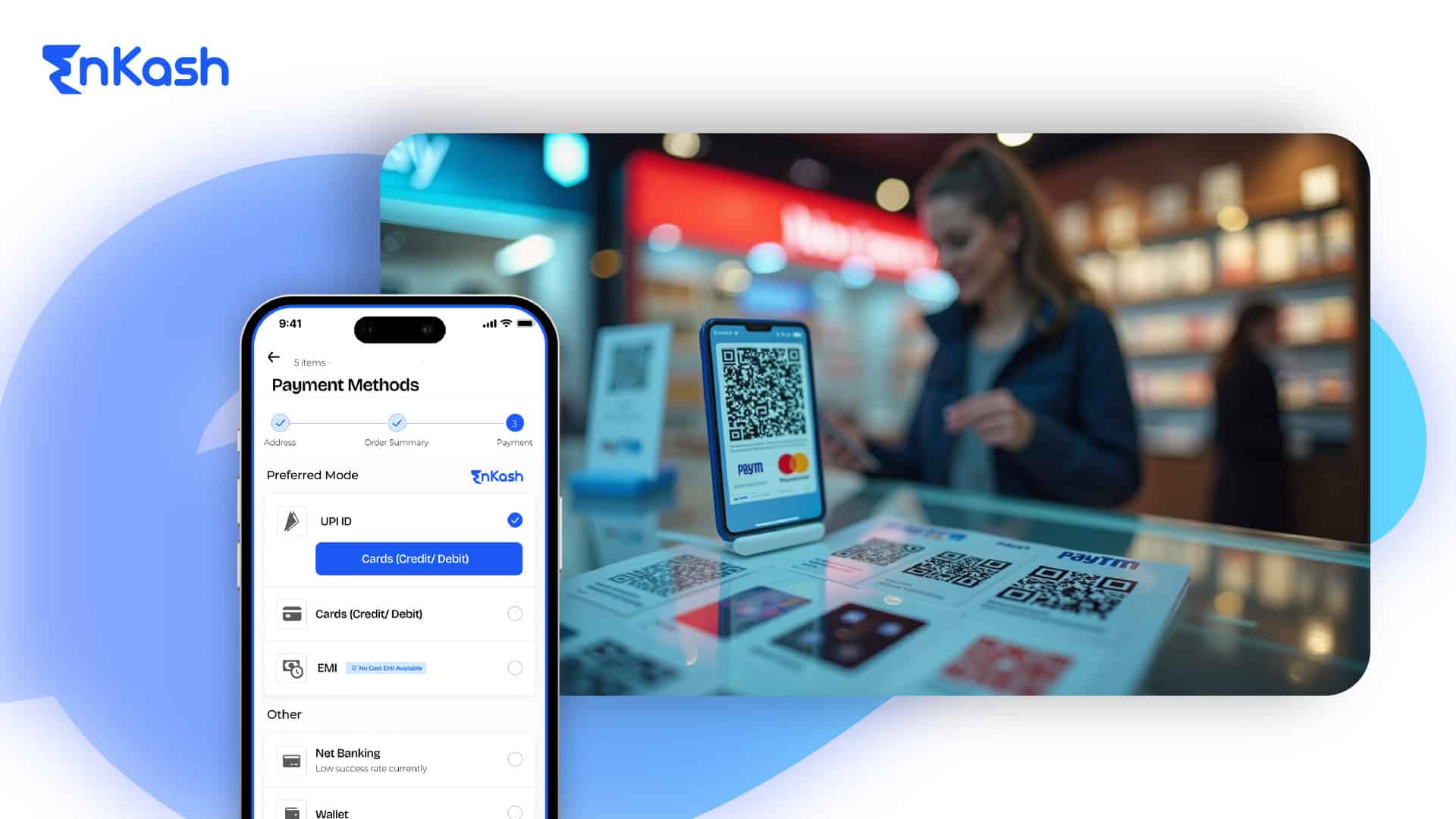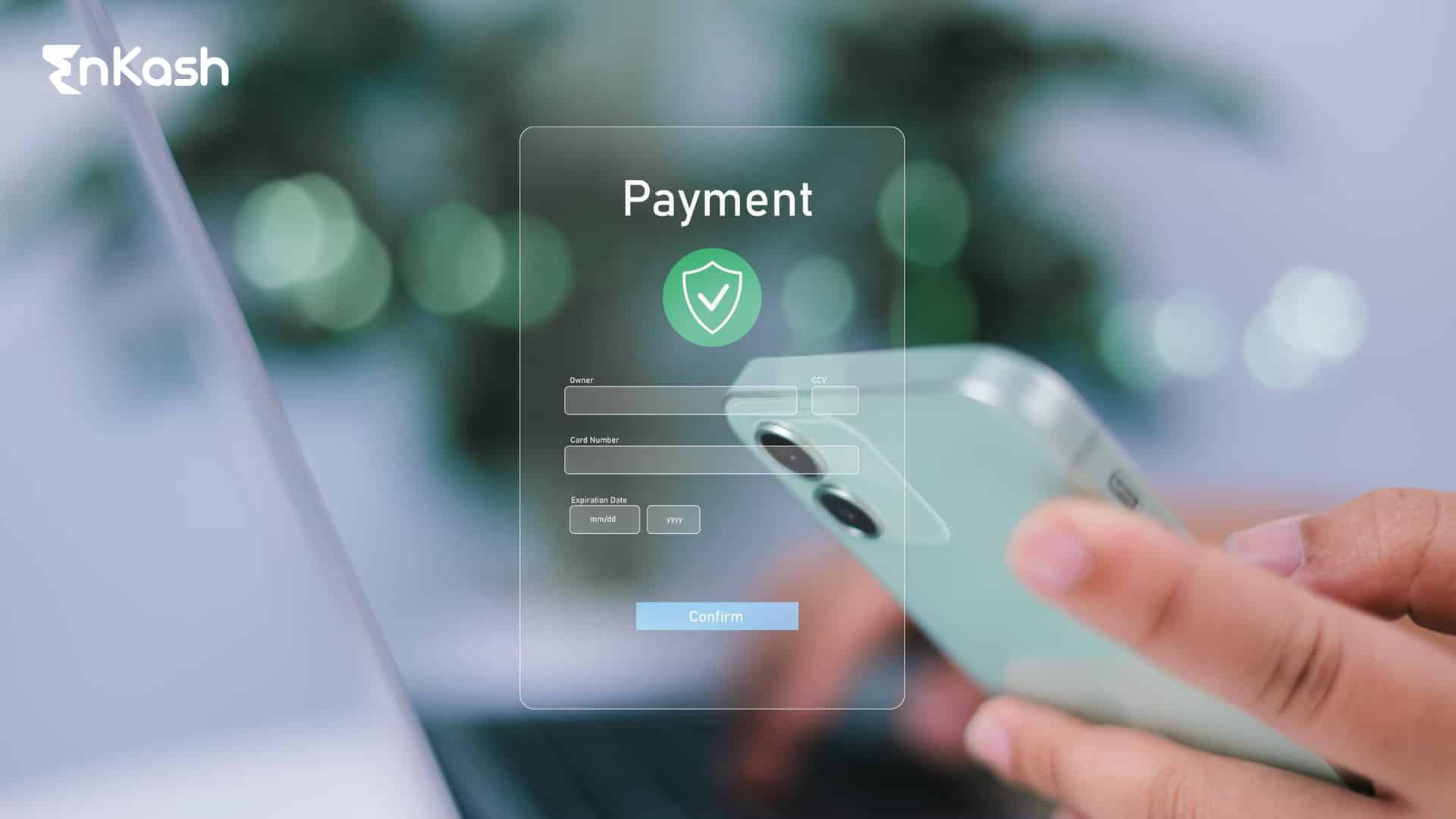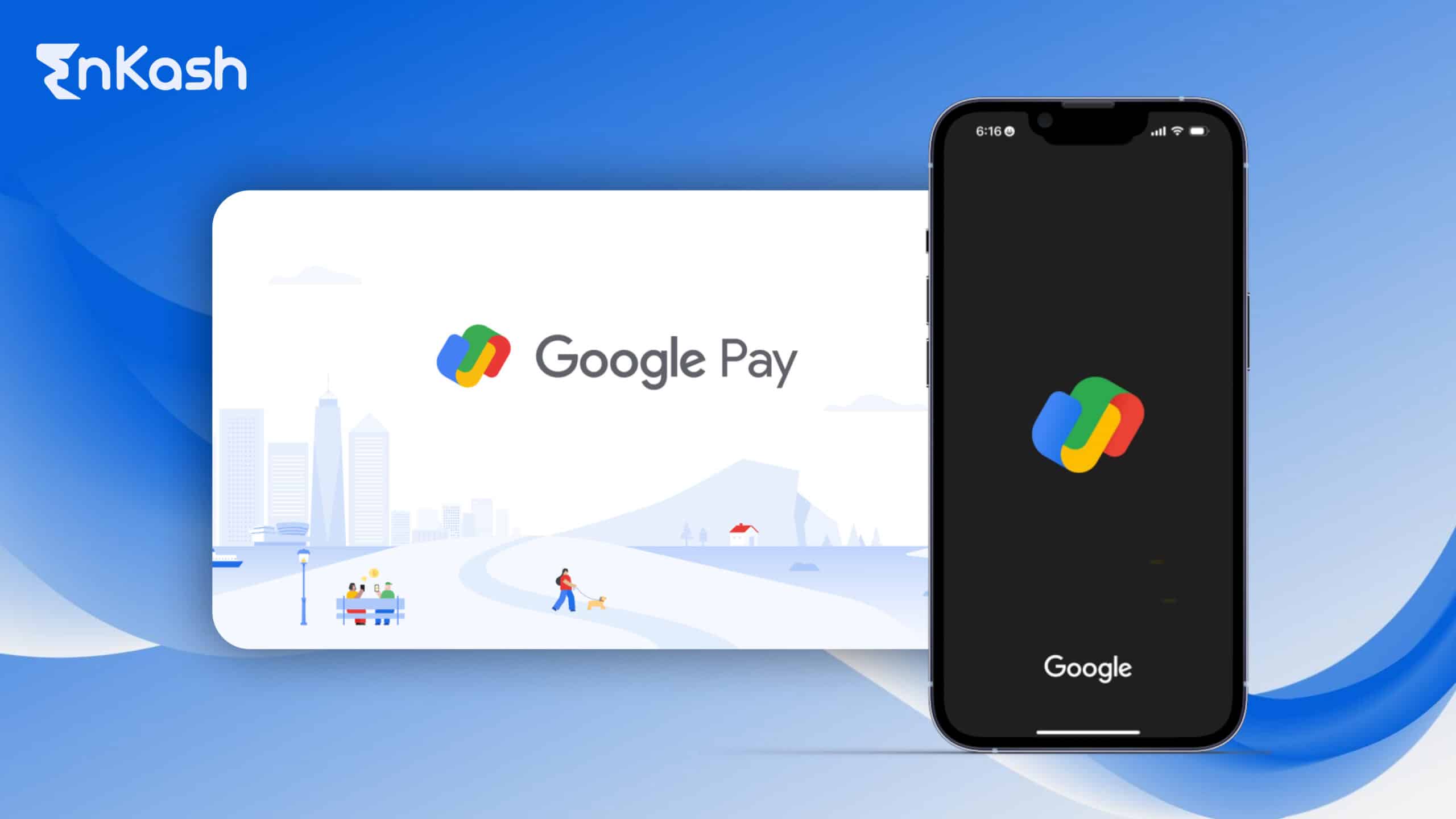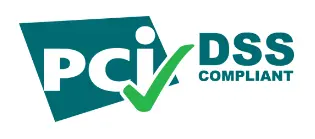Free on Board (FOB) value is an important concept that signifies the ownership and responsibilities of the goods in the case of exports. It indicates when the buyer takes charge of the consignment (usually when the goods are on board the vessel). The FOB charges include the loading and transport charges to the port. FOB charges are critical in calculating the final price in an export invoice. The final price mainly affects import duties and taxes for international shipments. Knowing the meaning of fob value is essential for a seamless export process.
Introduction
When it comes to international trade dealings, precise shipping terms go a long way in enabling the buyer and seller to know their respective roles, financial obligations, and inherent risks better. Out of the various shipping terms, Free on Board (FOB) holds an indispensable role in the realm of export.
The FOB value of goods exported from India is important because it determines the product price and place of transfer of ownership and responsibility of the goods from the seller to the buyer. It defines who will incur the risk of loss or damage of the goods during transit. It also influences the calculator of duties and taxes. Thus, knowing the FOB value is essential for exporters to prepare a compliant export invoice, and have the necessary documentation to avoid disputes.
In this article, we will explore the FOB meaning in export and its role in invoices. We will also look at how to calculate FOB and the benefits of using FOB invoice.
What is FOB Value?
FOB value is an acronym for ‘Free on Board,’ a measure used in international trade that defines when property and risk for goods transfer from the seller to the buyer. In layman’s terms, it’s the cost of goods that includes all costs, up to and including the moment when the goods are loaded onto the shipping vessel at the exporter’s port.
FOB value is almost always used in export invoices. It is the cost borne by the seller before the buyer’s cost begins. It includes costs associated with production, packing, transport to the port, and loading costs. However, it does not include international shipping costs, insurance, and duties and taxes imposed by the country of import.
For example, when exporting from India, the FOB definition means the seller must transport the goods to the port, but once they are loaded on the vessel, the risk has passed to the buyer. These definitions allow for disputes over cargo damage or delays after the goods are aboard the vessel to be avoided.
FOB Charges: What Do They Include?
It is helpful to understand what FOB charges include when calculating the FOB value for export. FOB charges typically include the below five components.
- Manufacturing Costs: This is the cost of making the product, raw materials, and labor.
- Packaging: Before the goods are brought to the port, they must be wrapped to keep them safe while going. The seller is liable for ensuring the products are adequately packed and that is charged in FOB price.
- Inland Transportation: It includes the cost of moving the goods from the seller’s warehouse or place of manufacturing to the port of shipping. The mode of transportation could be road or rail.
- Loading Costs: The seller bears all the costs of putting the goods on the vessel, including labor and machines used for loading.
- Port Charges: Other fees specific to the export that get paid at the port (such as handling or clearance fees) will also be included. The seller will pay these until the goods are safely on the boat.
Importantly, the FOB prices do not include freight (International shipment), insurance or any other charges that will be incurred after the goods are loaded onboard the vessel. Because then it is the buyer who is responsible for charges like ocean freight and import duties.
Knowing these components helps exporters invoice their shipments correctly and adhere to international trade regulations. It also helps buyers and sellers avoid disputes over who is responsible for which part of the transaction.
FOB Invoice: How FOB is Reflected in Export Documentation?
When dealing with exports, accurate and compliant documentation is necessary. The FOB value in the invoice shows the particulars of the cost borne by the seller up to the port of loading on the vessel.
The FOB invoice mentions details such as:
- Description of Goods: A comprehensive description of what will be exported. This would include the quantity, weight, and specifications of the item.
- FOB Charges: Charges to be covered by the seller are listed on the invoice. These are the production, packing costs, and inland transportation costs until the goods reach the ship and the buyer takes over.
- FOB Value: It is the final price, taking into account all seller-incurred charges to be paid for by the time the goods are loaded into the vessel (excluding all costs to be paid after goods are shipped).
- Transfer of Risk: This clause must be made clear when the risk and ownership of the items pass from the seller to the buyer. This prevents confusion as to who is responsible for the goods at every moment of their transportation.
The FOB value on the invoice is important for compliance and accounting purposes. It ensures exporters have considered the costs for everything, and the buyers know where their obligations begin.
Also Read: What is Corporate Accounting
Moreover, since many countries’ import duties are calculated based on FOB value, a properly drawn-up FOB invoice makes it clear to the buyer and the customs authorities what the declared value of the goods is, thus lessening the chances of a dispute about the amount of duty due.
How to Calculate FOB Value in Export Transactions?
Knowing how to calculate the FOB value is crucial for the exporter to price the product correctly and comply with international shipping and trade terms. It allows one to know the expenses incurred by the seller before the shipment of the goods starts. It excludes the costs incurred after the shipment is loaded, such as shipping, insurance payments as well as any other freight charges.
In order to calculate an export FOB value with precision, you must take into account the components mentioned above, such as manufacturing, packaging, inland transportation, and loading and port charges.
The total of all these expenses is the FOB value. The value is subsequently shown in the FOB invoice and it gives both the buyer and seller a complete list of all the costs that the seller has covered up to the point of loading.
Here’s a simple formula one can use to calculate the FOB value:
FOB Value = Manufacturing Cost+Packaging Cost + Inland Transportation+Loading Charges + Port Fees
Using this formula, an exporter can reliably calculate the FOB value, knowing that their pricing terms include all costs before the goods and ownership are transferred to the buyer. This is crucial in businesses where margins are thin, and careful cost accounting is essential to make any money.
Also Read: Cost of Debt
The Role of FOB in Calculating Import Duties and Taxes
When any items are traded internationally, compliance with customs is a must. It is the FOB value which serves as the base for calculating the import duty and taxes on the imported goods.
FOB Value as the Tax Base
FOB value indicates the cost of the goods at the point where the product is loaded onto the ship. It excludes costs such as shipping, insurance, and other fees after loading.
The FOB value can be used as a tax base, ensuring that importers are taxed on only the value of those goods and not the costs associated with moving them across the ocean. It enables a fair assessment of taxes, especially when costs can significantly vary with distance and modes of transport.
Duties and Taxes Calculation
It is the CIF (Cost, Insurance, and Freight) value which determines the import duties levied on goods. It includes the costs of shipping and insurance in addition to FOB value.
Here’s how the process typically works:
- Establish the FOB Value: This is the value of goods up to the point of the loading port of the shipping vessel, as mentioned in the FOB invoice.
- Add Shipping and Insurance Costs: These costs come after the goods are loaded onto the vessel, they are added to the FOB value to get the CIF value.
- Calculate Import Duties: These CIF values are used to calculate the customs duties and taxes payable to the customs authorities of a country.
Benefits of Using FOB in Export Transactions
For exporters and importers, there are various benefits when FOB is used for export transactions. With its clear timeline for the transition of ownership and responsibility, FOB makes logistics a breeze, disputes are minimized, and financial arrangements are more transparent.
Here are some of the main advantages of FOB invoices in export transactions:
- Clean Separation of Responsibility: It separates the buyer and seller’s responsibilities clearly, thereby resolving conflict by transferring risk to the buyer once goods are placed on the ship.
- Streamlined Cost Calculations: Sellers and buyers have FOB costs for the transaction clearly defined, with sellers covering pre-loading expenses while buyers manage the remaining costs after shipment.
Also Read : What is Cost Accounting
- Transparency in Invoices: An FOB invoice typically itemizes all the costs that a seller extends toward the product, consequently allowing the buyer to be fully aware of all the expenditures on the invoice.
- Lower Seller’s Risk: Seller’s risk expires at loading, with the buyer assuming the risk of loss or damage while in transit.
- Buyer Control: Under the FOB, the buyer is in control over shipping and insurance. The buyer can now decide on logistics according to their preference.
- Cost Efficiency: For price-competitive exporters, FOB restricts financial exposure to pre-loading costs only.
- Customs Compliance: FOB is a definite comfort in making sure export information is accurate because customs clearance and duty calculation are so much easier when it is.
FOB vs CIF: What’s the Difference?
Whether one is an exporter or an importer, learning the difference between two terms, FOB (Free on Board), and CIF (Cost, Insurance, and Freight), is essential in international trade, if one wants to sell or purchase items and manage the price, cost, and risk appropriately. FOB and CIF are two commonly used terms in shipping contracts that give different emphases on the distribution of costs and responsibilities between the seller and the buyer.
Also Read: What is Trade Discount
FOB (Free on Board)
- Ownership Transfer: The seller is required to assume responsibility for placing the goods onto the transport vessel, and once the goods are onboard, the buyer takes ownership and risk.
- Cost Coverage: The seller pays all costs incurred to deliver the goods up to the port. These include FOB charges such as packaging, inland transportation, loading, and port expenses. However, the buyer is responsible for the costs of freight, insurance, duties, and taxes after the goods have been boarded.
- Risk: The risk of loss of or damage to the goods passes from the seller to the buyer when the goods are loaded onboard the vessel.
CIF (Cost, Insurance, and Freight):
- Ownership Transfer: Under CIF, the seller’s liability extends beyond the shipment port. Not only does the seller deliver the goods to the shipment port, but also makes the arrangements and pays for the transport and insurance from the shipment port to the buyer’s destination port.
- Cost Coverage: The seller will cover the cost of the goods, preparing them for shipment, packing, and inland transportation to the named port of shipment. They will also cover loading charges, port fees, freight, and insurance. The buyer is responsible for all other taxes, duties, and import charges.
- Risk: The seller pays for the shipping and insurance but at the time the goods are loaded onto the vessel, the risk of loss or damage transfers to the buyer. With CIF, the shipment takes place under an insurance policy owned by the seller, the coverage of which compensates the buyer for damage or loss in transit.
Key Differences
- Cost and Liability: The most important distinction between FOB and CIF is the party who pays for the costs of shipping and insurance. With FOB, the buyer would pay for these additional costs, while with CIF, the responsibility would fall to the seller.
- Transfer of Risk: In FOB or CIF, once the products are loaded onto the ship, the risk of loss or damage goes to the buyer. But with CIF, the seller also insures the property, which gives the buyer more peace of mind.
- Control: Through FOB, the buyer has more control over the logistics of shipment, because the buyer selects the carrier and procures a policy of insurance. In CIF, the seller manages the logistics of shipment, resulting in the buyer having less control.
Choosing FOB as opposed to CIF may depend on the characteristics of the goods being shipped, the trust between the trading partners, or the amount of control each party wishes to retain over the shipping process. FOB is typically preferred by Indian exporters as the preferred option because their liability ends at the loading stage, rather than at delivery.
Conclusion
Every enterprise that is involved in the activities of foreign trade should be familiar with the FOB meaning in export. It determines when the ownership and liability for goods are transferred from the seller to the buyer. The FOB charges are also added to the invoice of the exported goods, which not only ensures the transparency of the sales process but also simplifies the calculation of the price and tax of exports.
With FOB in place, the seller’s liability is limited up until the time the goods are loaded onto the vessel. For buyers, it means more control over shipment logistics. It also ensures that exporters and importers abide by the custom regulations of their respective countries.
A well-documented FOB helps to make dealings between companies honest and fair, preventing disputes and ensuring the trade proceeds without any hassles. For these reasons, learning what FOB value is beneficial to everyone involved in international trade.
FAQs
How does FOB differ from other international shipping terms like EXW or DDP?
FOB (Free on Board) is when the responsibility shifts to the buyer as soon as the goods are brought to sail, whereas EXW (Ex Works) means the buyer is responsible from the time that the goods are out of the seller’s premises. DDP (Delivered Duty Paid) is when the seller is responsible for everything, including the goods’ delivery to the buyer’s location, the duties, and taxes incurred. Each shipping term has different conditions and liability owners; thus, the choice of delivery depends on the needs of the two parties
Can FOB terms be used for air freight shipments?
While FOB is commonly used for sea freight (‘free on board’ literally means the point when goods are loaded into a vessel), FCA or Free Carrier is more appropriate for air freight or other modes of transport as different relevant logistical factors come into effect for each mode.
What happens if the goods are damaged after loading but before they reach the buyer?
The risk of damage passes to the buyer under FOB terms once the goods are loaded onto the vessel, and losses are to be borne by the buyer even if the shipment has not yet reached its destination. Hence, the buyer must ensure that the shipment carries a proper policy of insurance.
Are FOB charges refundable if the shipment is delayed or cancelled?
FOB charges, for instance, for packing, inland transportation and port fees, would be non-refundable once the seller has fulfilled the terms of the FOB. But freight and insurance charges – which are paid after the goods leave the port – would be handled according to the cancellation policies based on the terms of the shipping contract.
How does FOB affect the calculation of import duties?
While the CIF value (Cost, Insurance, and Freight) is used to determine import duties, it is the FOB value (Free on Board) that determines everything that comes before. Customs authorities add shipping and insurance costs to the FOB value before calculating the CIF value, upon which duties and taxes are levied.
Can a buyer choose to convert FOB terms to CIF during a transaction?
Yes, however, this needs to be agreed between seller and buyer. The buyer could also ask for CIF terms, which would mean the seller would assume the cost of shipping and insurance, which will be reflected in the price adjustment and a new invoice agreement.
Is it possible to negotiate which party handles port fees in FOB contracts?
No, under standard FOB terms, the seller is responsible for port fees up to the loading of the goods on to the vessel. However, either party can negotiate further clauses or terms to the contract assuming, they are clearly defined.
Why is FOB commonly used in India for export documentation?
FOB is preferred in India as it clearly defines the roles and responsibilities of the exporter and lowers their risk after the shipment. The structure of the terms and compliance with the norms of international trade and custom authorities makes the process easy for Indian exporters.
Can FOB be used for multimodal shipments that involve road, sea, and rail?
FOB makes most sense for a single-mode sea freight shipment. With multimodal transport, terms such as FCA (Free Carrier) can be more useful since they cover several different modes of transit, as well as the transfer points along the way.
What should a buyer do if the seller does not include all FOB charges in the invoice?
If some FOB charges are omitted, the buyer should request a corrected invoice. The invoice must include all applicable fees that may be relevant for the transaction to aid customs clearance, computations of duty, etc; and so that both parties are clear on their respective obligations.













